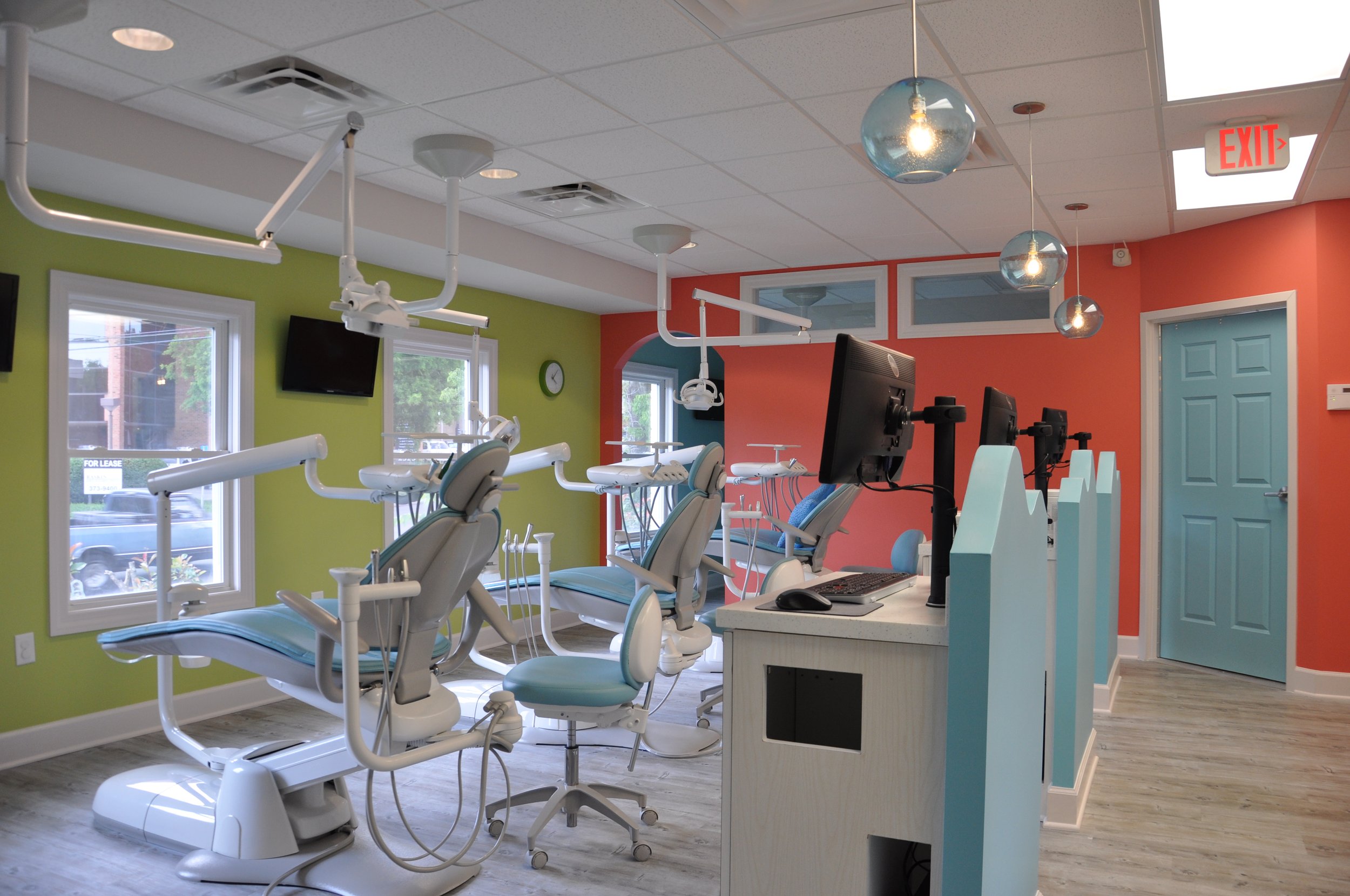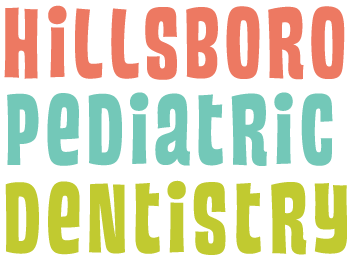
First Visit
The First Dental Visit
Together, we can make the first visit to the dentist enjoyable and positive. Your child should be informed of the visit and told that the dentist is a fun place where their teeth get tickled and made shiny.
Before your child’s first visit to the dentist, it is best if you refrain from using words around your child that might cause unnecessary fear, such as “needle”, “shot”, “pull”, “drill” or “hurt”. At Hillsboro Pediatric Dentistry, we make sure we never use words that are frightening to the child. Instead, you will see we have a very special vocabulary to make dentistry sound a lot less intimidating.
Parents are welcome to accompany their child always in our office. During the first visit, we make every effort to make your child comfortable and introduce our silly tools to them. We may brush with a toothbrush, or with a special spin brush, depending on what the child is comfortable with during that initial visit.
Prevention
The main goal of our office is Prevention, Prevention, Prevention! Did you know that the American Academy of Pediatric Dentistry recommends children begin visiting a dentist regularly for check-ups beginning at age 12 months? The reason for this recommendation is that the first dental visit is mainly an educational one. We discuss your infants feeding habits, your hygiene practices, and make individualized recommendations to help prevent dental disease from ever occurring. The earlier we have a chance to sit down and discuss diet and hygiene habits together, the better we can be at preventing dental disease.
When cavities do occur, we focus on using the highest quality restorative material as well as the most up to date techniques. Dr. Mirna has never placed an amalgam or mercury filling in a child’s mouth, and never will. All of our fillings are tooth-colored, and Dr. Mirna also insures that the composite material and sealant material she uses on children is BPA-free.
Our radiographs are digital, reducing the radiation a child receives from these diagnostic images by 80% from traditional x-rays we received as children.


